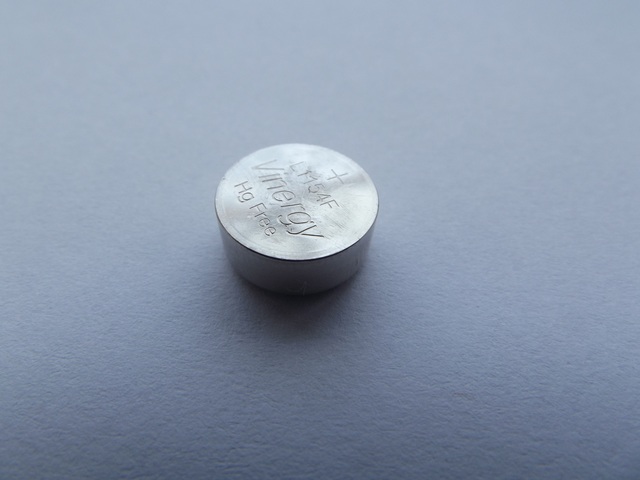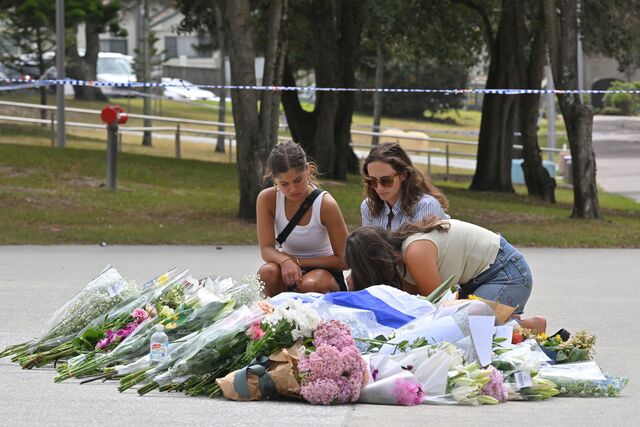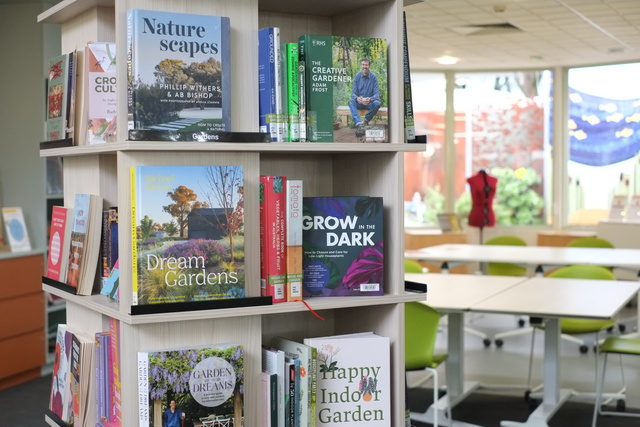The Australian Bureau of Statistics reported that 16,500 extra jobs were created in Victoria in February, boosting the total number of people in work across the state to 3.48 million.
More than 550,000 jobs have been created in the state since November 2014 – the nation’s strongest proportional increase – with growth strongest in full-time work.
Full-time roles have increased by 410,000 with full-time jobs for women reaching a record of 901,000 in February.
Treasurer Tim Pallas said ongoing investment was keeping Victorians businesses and households feeling safe for the future.
“The growth in jobs is great news for households across the state – it shows that the confidence Victorians have in the future is well placed.”
“A job means more than just a pay cheque and that’s why we’ll keep working to create the conditions for businesses to grow and put on more people.”
The state has been leading the nation in job creation since the peak of Victoria’s second COVID-19 wave, with more than 282,000 jobs created since September 2020.
Victoria’s participation rate increased to a record high in February, and there is now a higher proportion of Victorians with a job than ever before.
In November 2020, the Victorian Government announced a Jobs Plan target to create 400,000 jobs by 2025 – 200,000 of them by 2022. Victoria has already exceeded that target and the state’s unemployment rate sits at a near-record low of 4.2 per cent.
ABS data released this month confirmed the extent of Victoria’s economic recovery, in line with December’s Victorian Budget Update 2021-22 that predicted a strong reboot for the economy and jobs as the state got back to business.
State Final Demand grew faster than any other state last year. In the December quarter alone, State Final Demand grew by 3.7 per cent.
Retail trade figures show a pick-up in consumer spending – in January the state’s retail trade increased by 2.5 per cent to $8.4 billion. Over the year to January, retail sales increased by 8.2 per cent in Victoria – above the national increase of 6.4 per cent.







